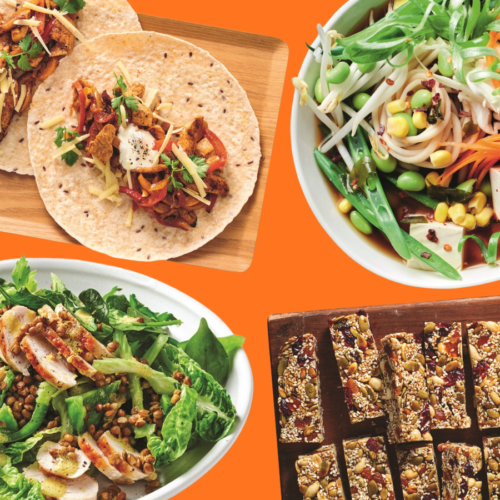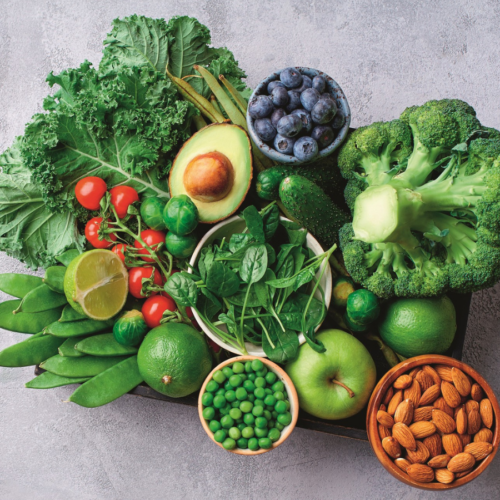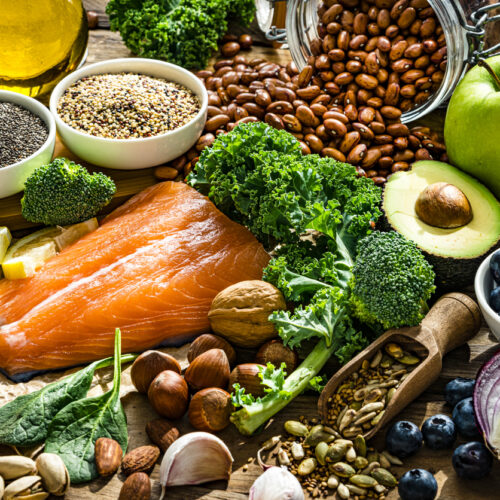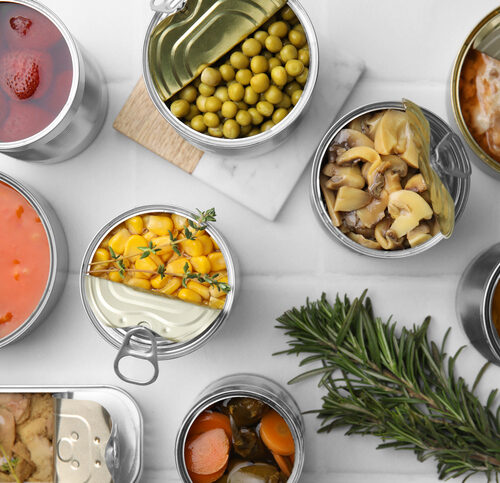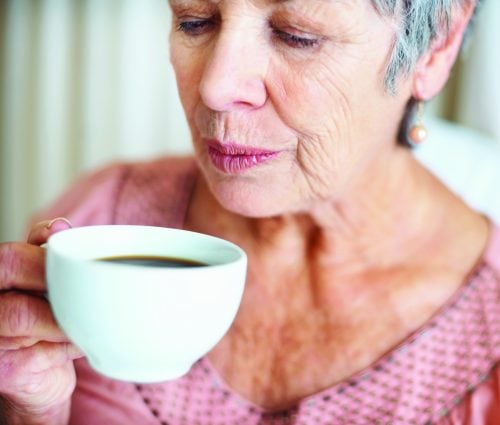
It’s not just Kiwis who love their coffee. Value wise, coffee beans are the second most traded commodity in the world after oil.
Coffee beans
Arabica and Robusta are the common names for the two main species of plants used for coffee production. Around three-quarters of the higher quality Arabica beans are grown in Latin America and East Africa because of the favourable growing conditions. Robusta beans are mainly grown in Indonesia, West Africa, Brazil, and Vietnam.
After the red coffee berries are harvested, they are either dried or soaked in tanks so that the outer husk can be removed to reveal green coffee beans. These green coffee beans are then graded and packed into large burlap sacks for distribution. Arabica beans are more expensive than Robusta beans as they cost more to produce, but they also taste better.
Roasted and ground coffee
It’s not until roasting that the coffee aroma develops from coffee beans. Different beans with different flavour profiles are mixed together to create a coffee blend which is roasted in batches then either packaged as beans or ground before packing.
Normally you would expect roasted then ground coffee or roasted beans to be made from 100 per cent Arabica beans, but check the information on the coffee packaging to make sure as there is definitely a taste and cost difference between Arabica and Robusta beans.
Instant coffee
Instant coffee in New Zealand is available in powdered, granulated (from powder) or freeze-dried formats. Robusta coffee beans are used in greater amounts in instant coffees, although some use 100 per cent Arabica beans.
Powdered coffee is the cheapest and freeze-dried the most expensive of these three varieties, which reflects the cost of production as well as the authenticity of the full coffee flavour retained in each format.
The production of instant coffee begins with blending, roasting and grinding the green beans. The grounds are then dissolved in hot water to create a coffee solution which is filtered, concentrated, and then dehydrated by either spray-drying or freeze-drying.
Spray-drying produces a fine powder. It is done at a higher temperature than freeze-drying and it is quicker and cheaper, but it also has a greater effect on the taste of the final coffee. In this process, the coffee extract is sprayed into the top of a tall drying tower, which may be 23m or taller, and blown through very hot air so that it evaporates. This product may be packaged and sold as coffee powder.
Coffee powder can be further processed to form into a mass — the powder accumulates together to become coarser granules. These are what we know as granulated coffee.
To produce freeze-dried coffee, the coffee extract is cooled and chilled in a series of steps until it forms slabs of coffee ice. These slabs are broken and ground into the final granule size and then dried in a heated vacuum chamber where the ice is vaporised.
During various stages of processing, the volatile aromatics (smell compounds) can easily evaporate. As these aromatics are important to the flavour of the end product, every effort is made to recover the aromatics — they can be sprayed back onto the dried coffee particles.
Making instant coffee requires a large production facility. Coffee roasting, on the other hand, can be a large or very small operation.
Decaffeinated coffee
If coffee is to be decaffeinated, this process happens at the green bean stage before any other processing. The beans are soaked in water or steam so the caffeine can be extracted from the swollen beans. There are three methods of extracting the caffeine, using different mediums: water, solvent or carbon dioxide. During decaffeination some flavour compounds may also be removed and the goal is to minimise this and to add back any of these removed compounds. The different decaffeination methods all remove 97 per cent or more of the caffeine, adding nothing.
Did you know?
- As long as you drink a moderate amount of coffee it is not diuretic and can be counted as part of your daily fluid intake.
- Some people are sensitive to caffeine and need to limit their intake of caffeine from coffee and other sources.
- Coffee contains antioxidants and they seem to be absorbed just as well with or without milk in our cup.
- Emerging research suggests moderate coffee consumption may lower the risk of developing Parkinson’s disease and could even help protect against Alzheimer’s and Dementia.
- It’s best not to drink coffee within an hour of eating a meal as, like tea, it inhibits your absorption of iron from food.
www.healthyfood.com


